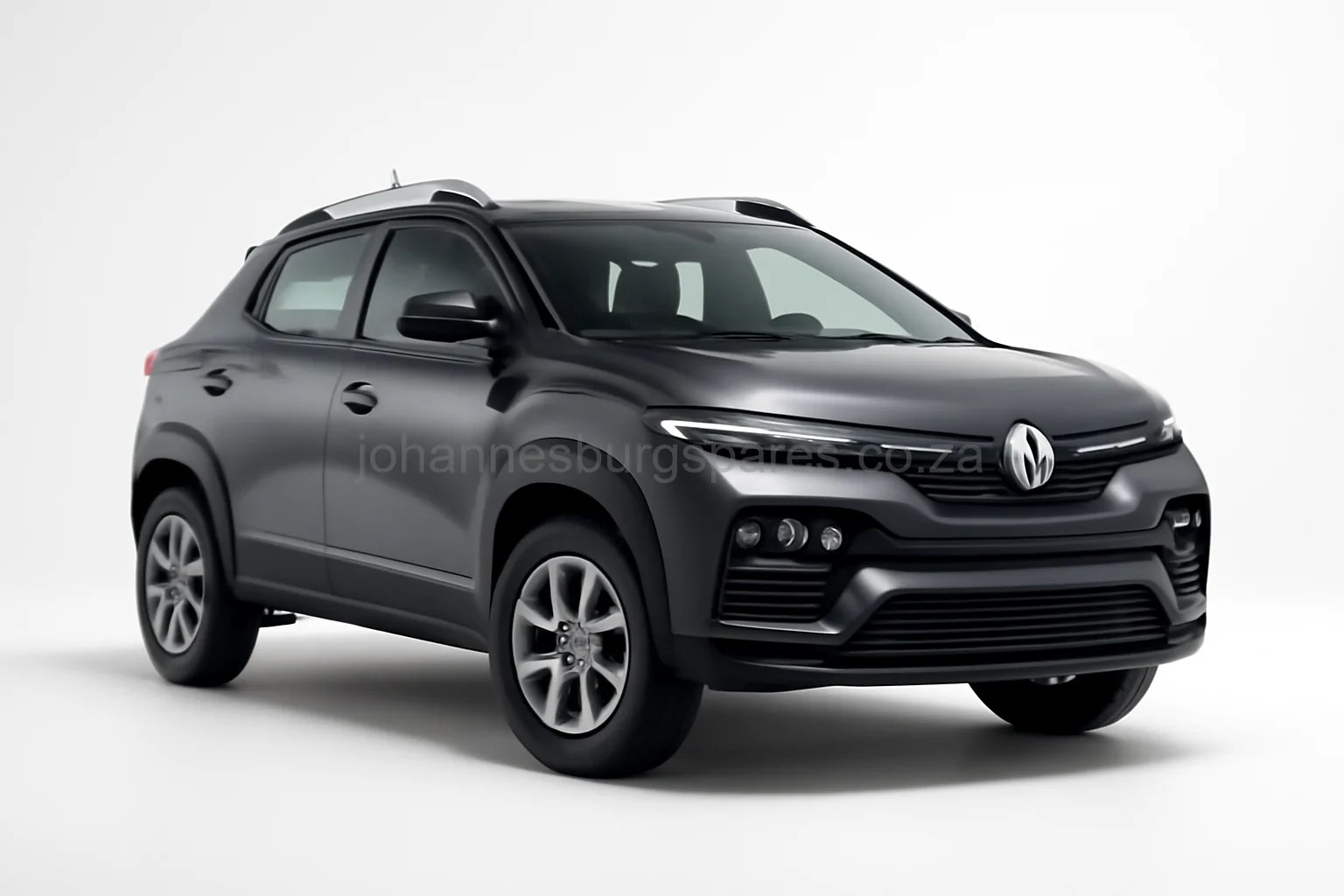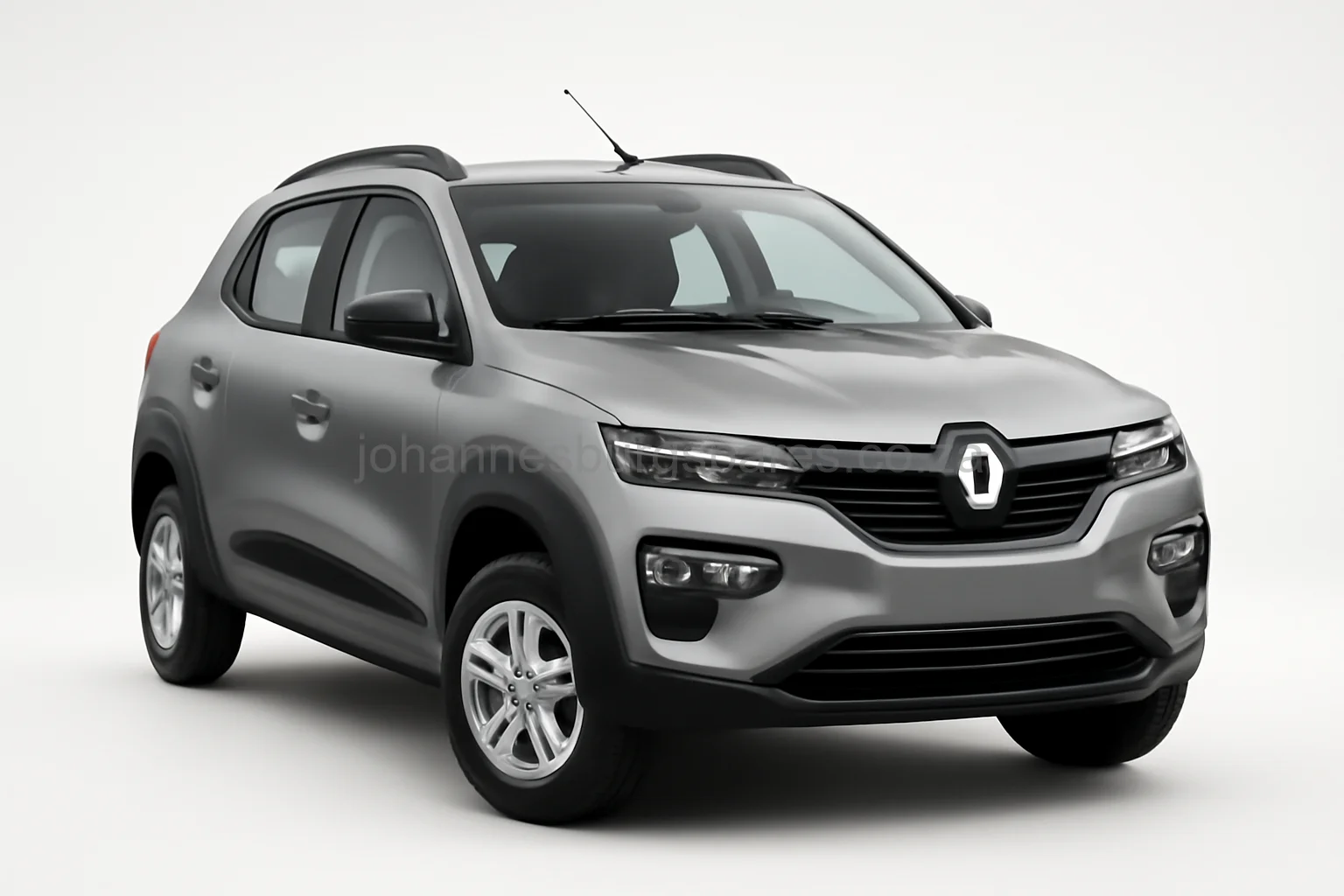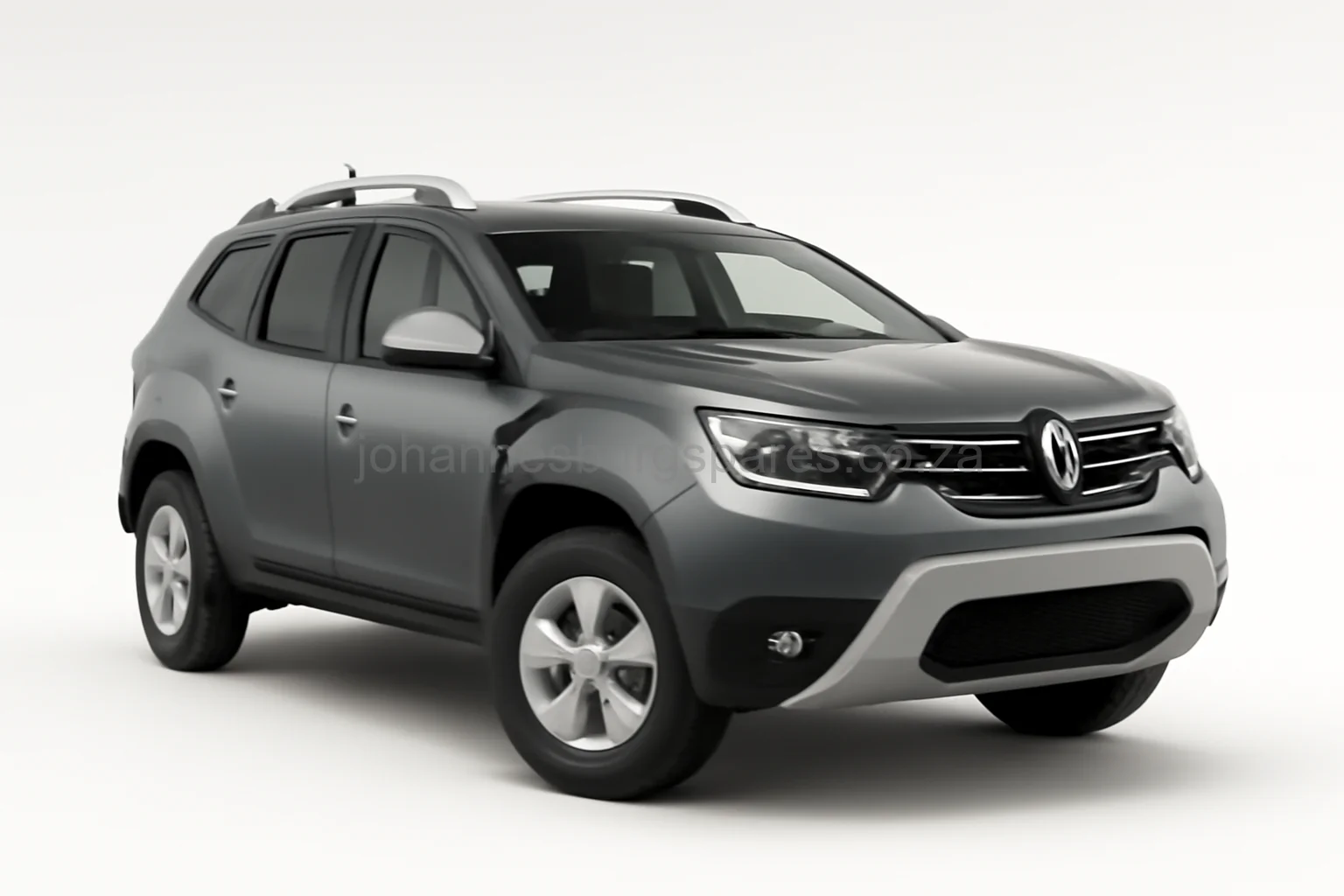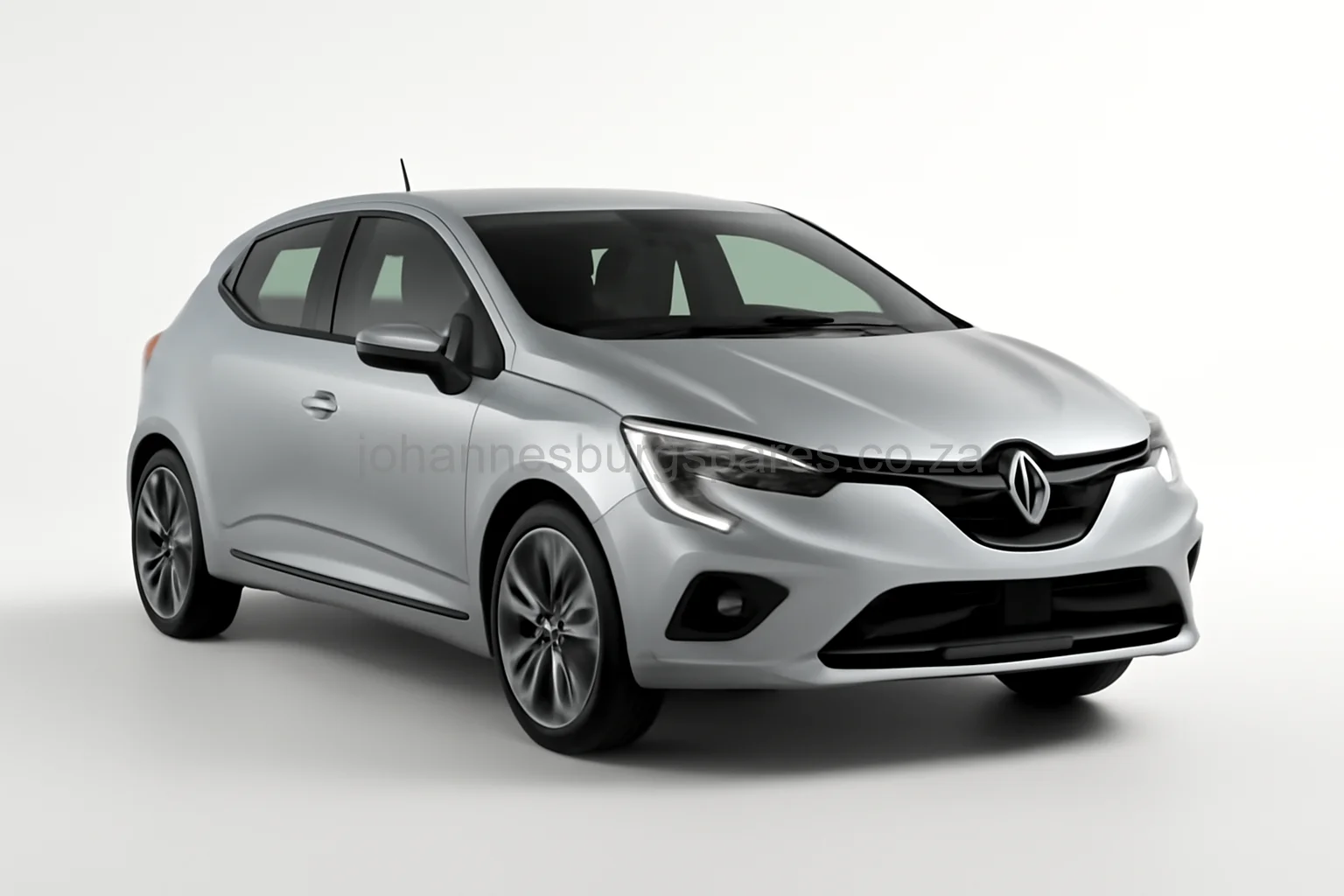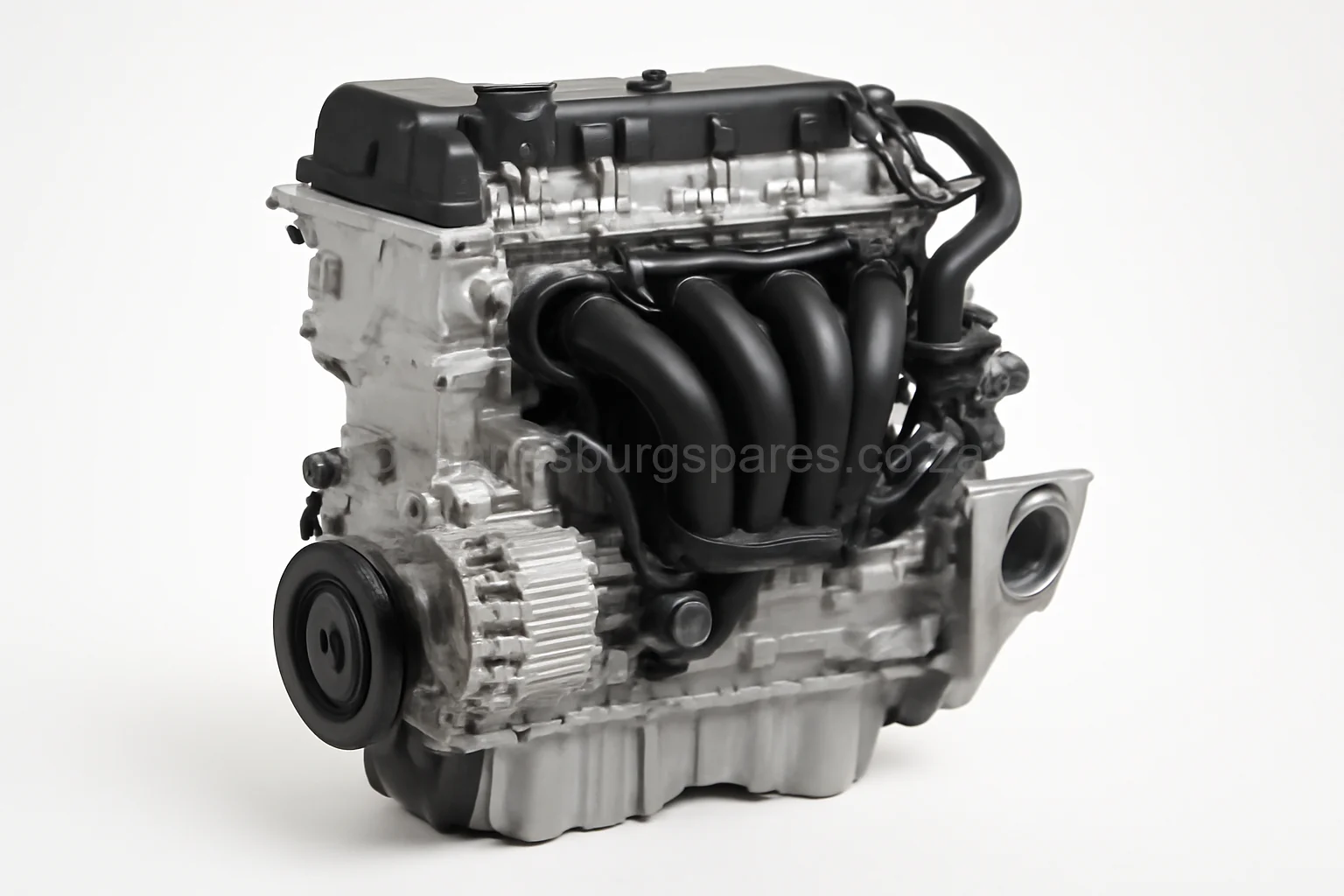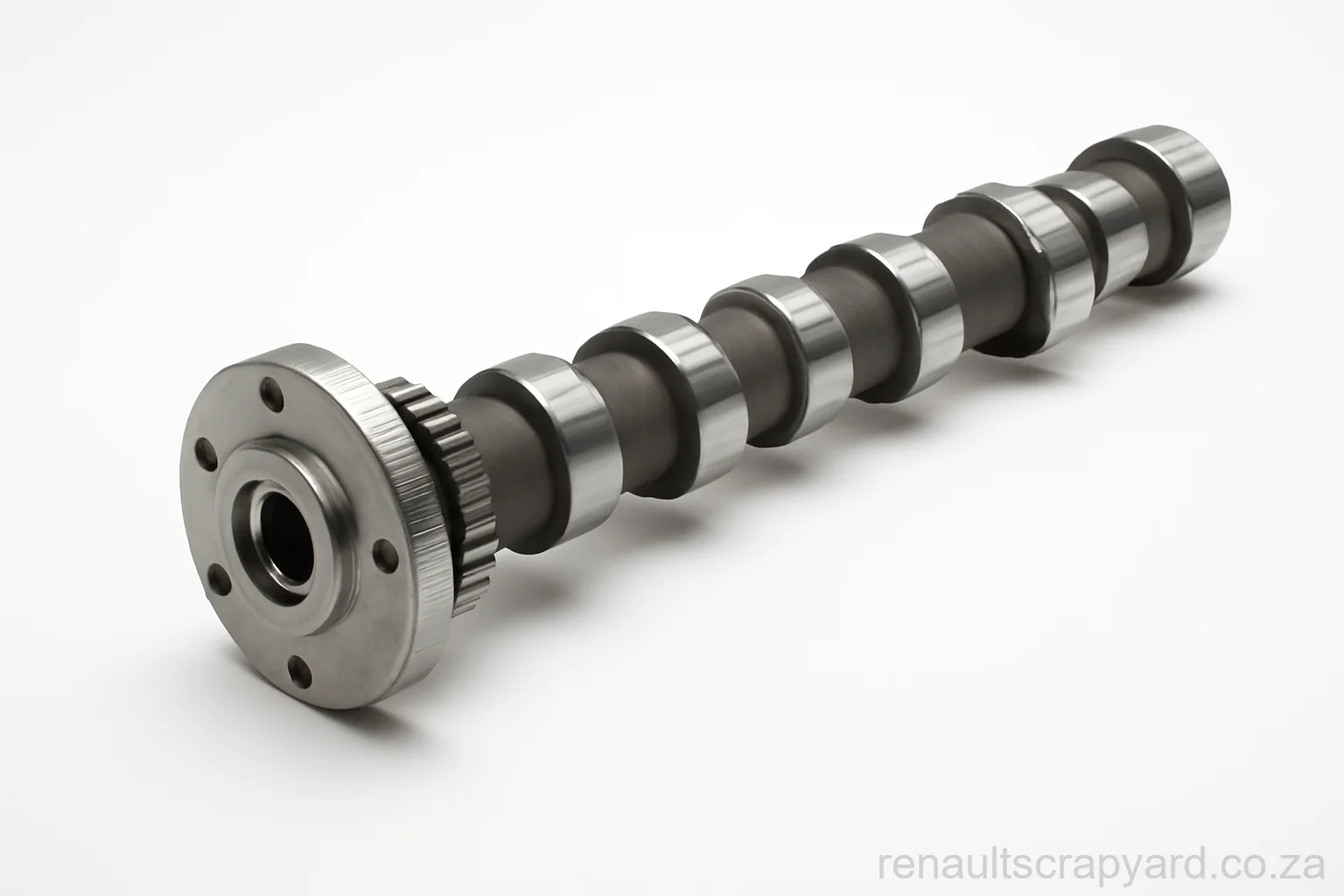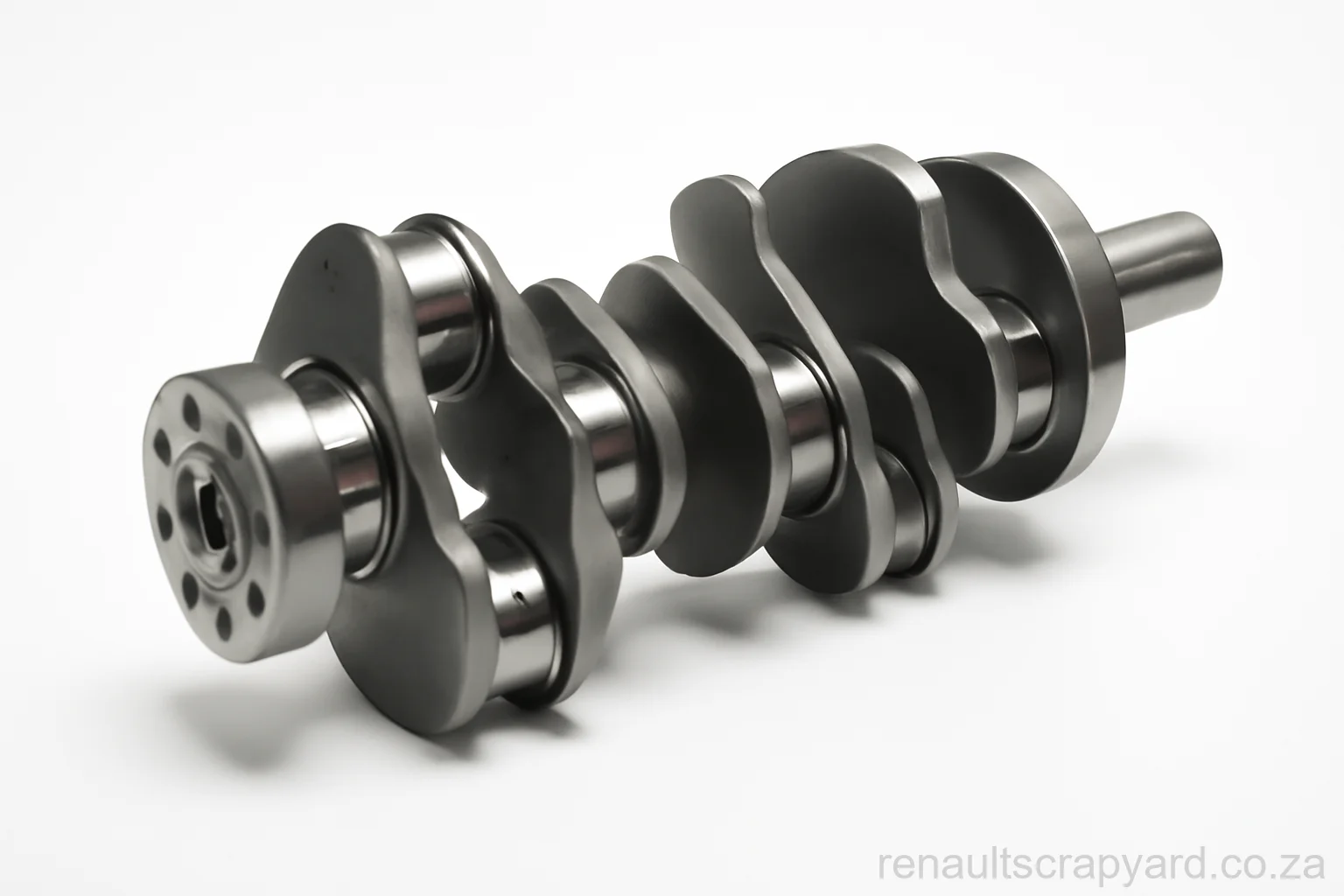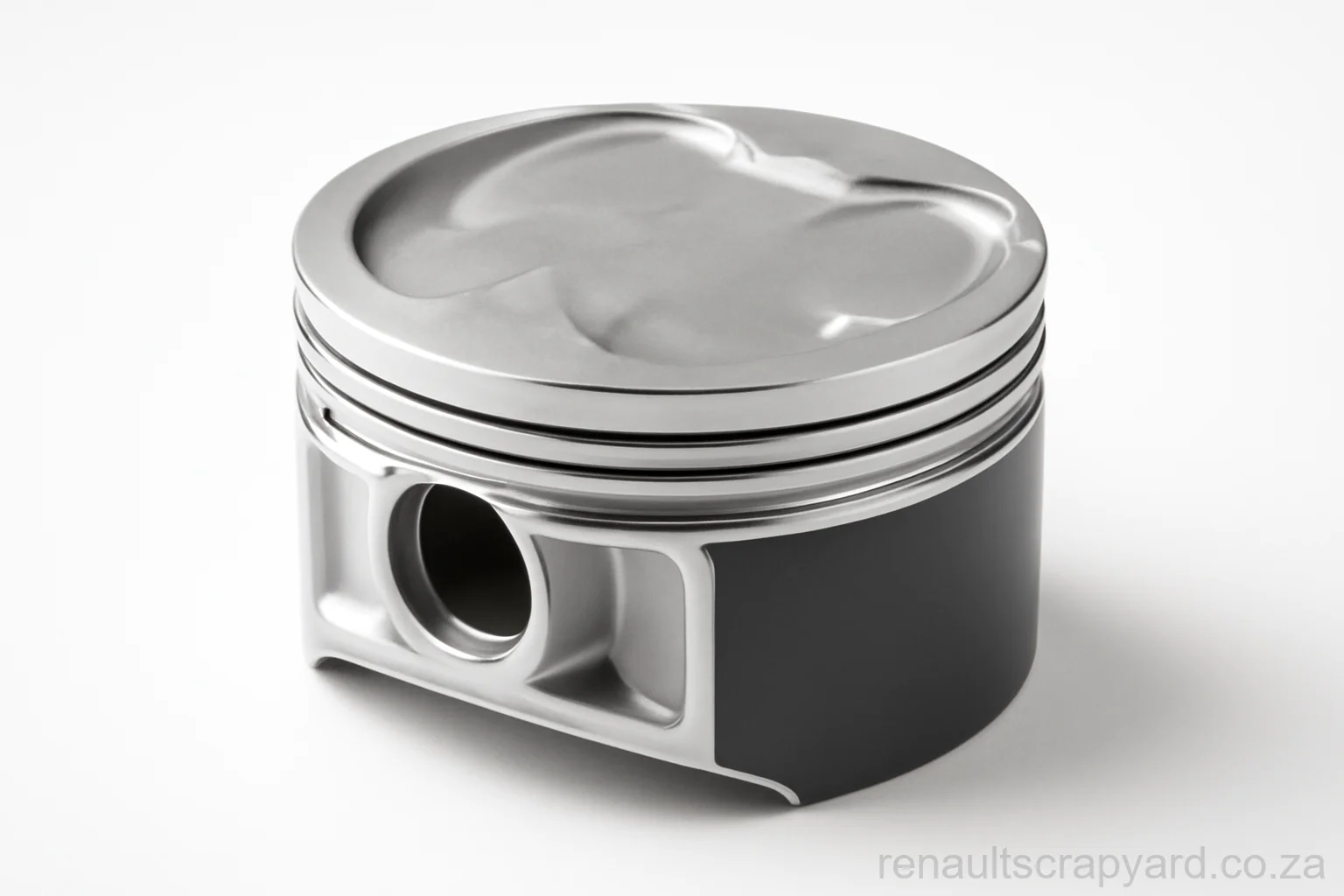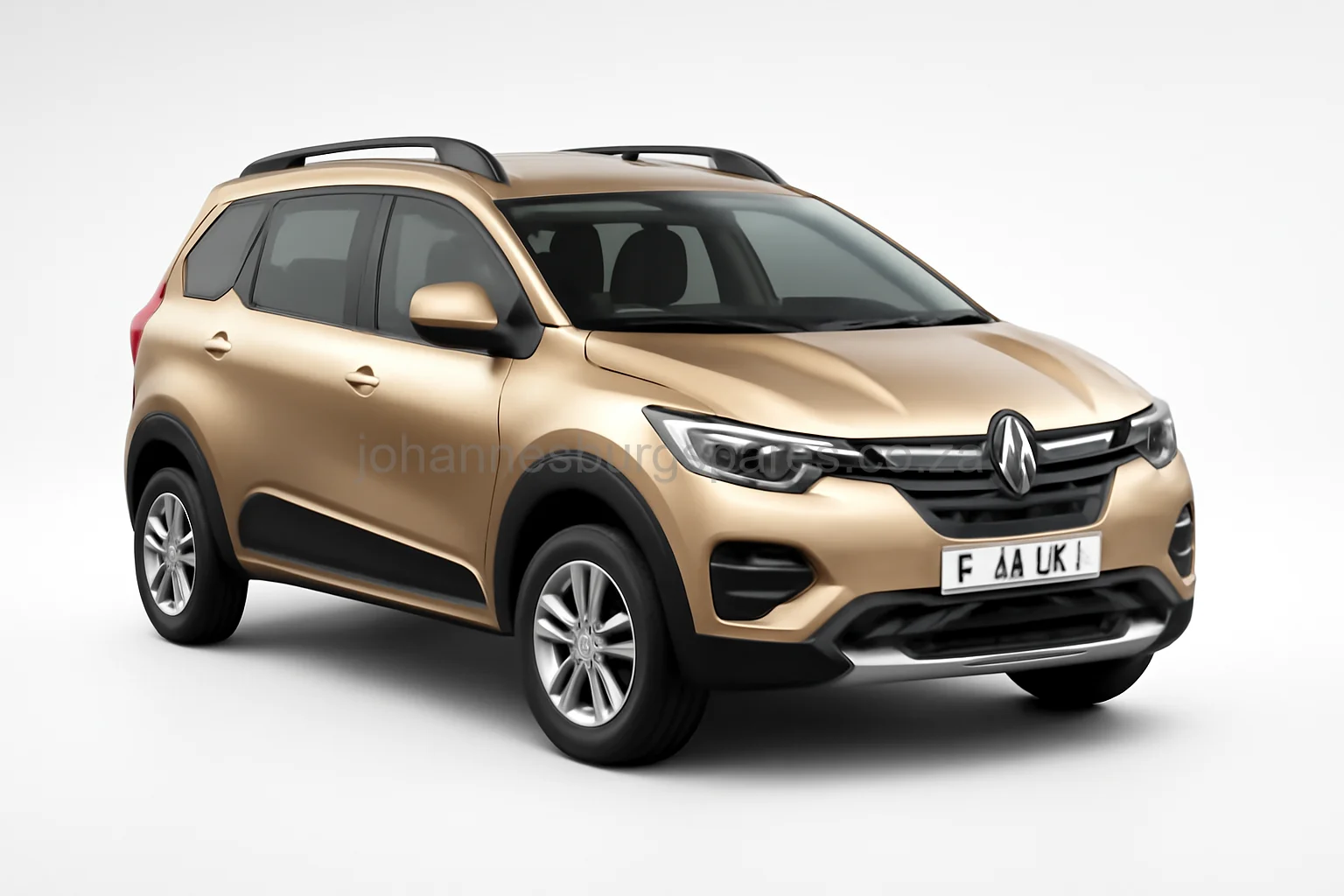
Renault Triber Problems: Complete Troubleshooting Guide for South African Owners
Key Takeaways
| Problem | Main Symptoms | Possible Causes |
|---|---|---|
| Brake Fault Warning | Dashboard warning lights, steering lock, vehicle won’t start | Brake sensor malfunction, steering sensor fault, electrical issues |
| Engine Vibration | Excessive vibration in 1st & 2nd gear, vibration during braking | Engine mount wear, transmission issues, clutch problems |
| AC Blower Problems | Blower only works on highest speed, reduced airflow, excessive noise | Blower motor resistor failure, fan motor issues, wiring problems |
| AMT Transmission Issues | Jerky gear shifts, clutch slipping, delayed engagement | Clutch wear, AMT actuator problems, transmission fluid issues |
| Battery and Starting Problems | Frequent battery drain, starting difficulties, electrical failures | Battery quality issues, alternator problems, parasitic drain |
| Build Quality Concerns | Rattling noises, trim pieces loosening, fit and finish problems | Manufacturing tolerances, material quality, assembly issues |
| Electrical System Faults | Check engine lights, sensor errors, MID display issues | ECU faults, wiring harness problems, sensor failures |
The Renault Triber has carved out a unique niche in South Africa’s competitive MPV market, offering seven-seat versatility at an attractive price point. While this French micro-MPV delivers impressive space efficiency and value for money, South African owners have reported several recurring issues that potential buyers should be aware of. From brake system warnings to transmission concerns, understanding these problems can help you make informed maintenance decisions and avoid costly surprises. This comprehensive guide covers the most common Triber problems reported by owners across South Africa, complete with symptoms, solutions, and local repair costs.
1. Brake Fault and Steering Fault Warnings
Dashboard warning lights displaying “Brake Fault” and “Steering Fault” simultaneously represent one of the most concerning issues reported by Triber owners, often leaving the vehicle immobilized and creating significant safety concerns.
Symptoms
- Dashboard displays “Brake Fault” and “Steering Fault” warnings simultaneously
- Vehicle refuses to start despite engine cranking normally
- Steering wheel may lock in position even when ignition is on
- Warning lights remain illuminated even after restarting the vehicle
- Complete electrical system shutdown in severe cases
Causes
These dual warnings typically stem from interconnected electrical faults within the vehicle’s safety systems. The brake fault often originates from faulty brake pedal sensors or brake fluid level sensors, while steering faults usually indicate problems with the Electronic Power Steering (EPS) system sensors. In many cases, these warnings are triggered by voltage fluctuations or poor electrical connections rather than actual mechanical failures in the brake or steering systems themselves.
Solution
- Professional diagnostic scan to identify specific fault codes and affected sensors
- Inspection and cleaning of all brake system electrical connections
- Replacement of faulty brake pedal sensors or brake fluid level sensors if diagnosed
- EPS system sensor testing and replacement as needed
- Comprehensive electrical system check including battery voltage and alternator output
- Brake system components inspection and maintenance
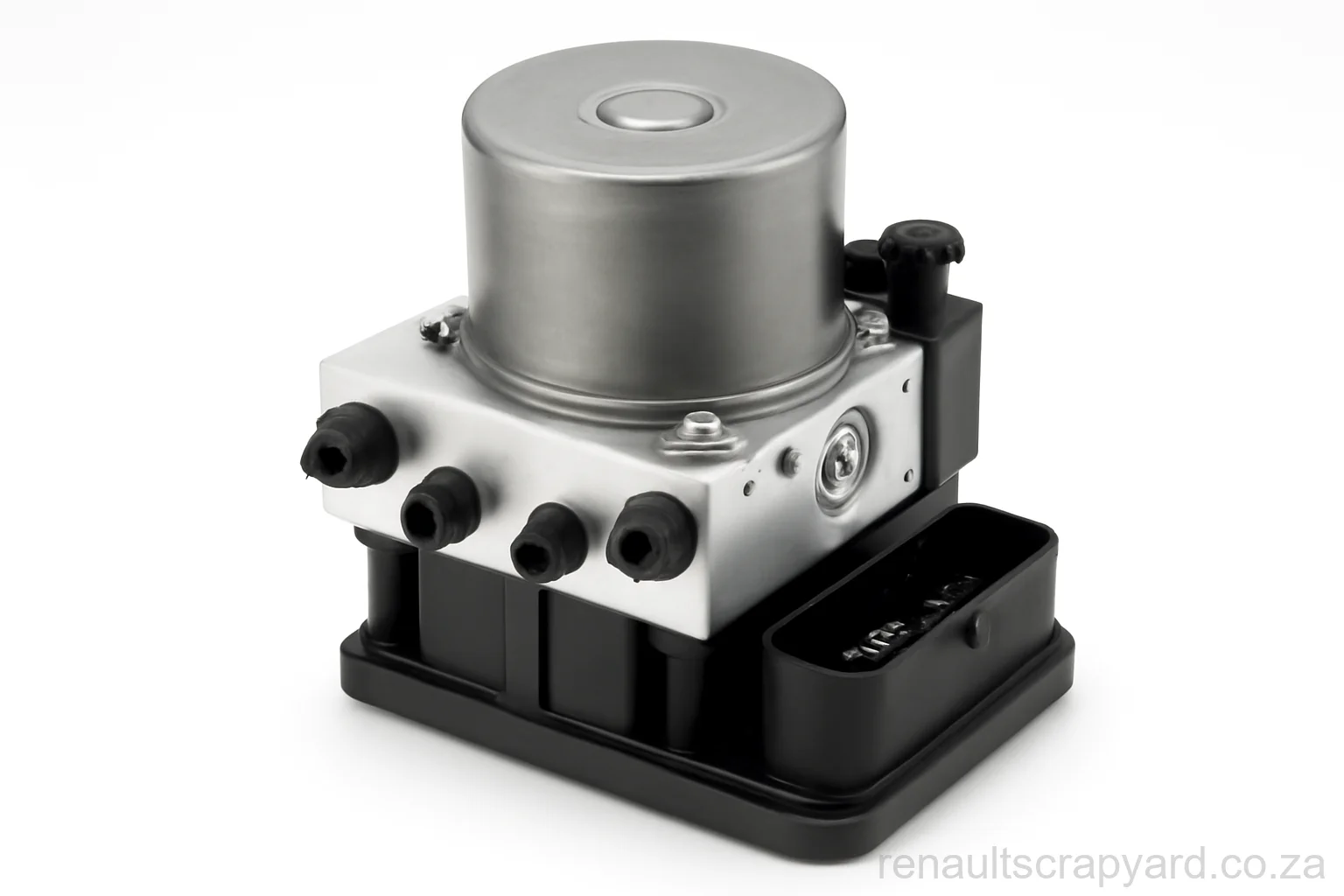
Brake System Parts Available
Professional brake sensors, ABS modules, and brake system components to resolve fault warnings and ensure safe operation.
DIY Difficulty / Hours
- Battery and connection check: DIY / 1-2 hours
- Sensor replacement: Professional / 2-3 hours
- Electrical diagnostics: Professional / 1-2 hours
Cost: R800-R1,200 for diagnostics and sensor replacement, R1,500-R2,800 for major electrical repairs
Sources & User Reports
- Reddit r/CarsIndia: User reports complete vehicle shutdown with brake and steering fault warnings appearing simultaneously
- YouTube Technical Review: Detailed diagnosis showing fault codes 6.1 and 6.2 related to brake system sensors
- CarWale User Reviews: Multiple owner complaints about recurring brake fault warnings requiring repeated dealer visits
2. Engine Vibration and Noise Issues
Excessive engine vibration, particularly in lower gears and during braking, represents a significant comfort and refinement concern that affects the overall driving experience and may indicate underlying mechanical problems.
Symptoms
- Pronounced vibration felt through steering wheel and cabin in 1st and 2nd gears
- Vibration intensity increases significantly during braking maneuvers
- Engine feels rough at idle with noticeable cabin shake
- Transmission gear stick vibrates excessively during acceleration
- Reverse rolling sensation after braking due to excessive vibration
Causes
The primary cause of excessive vibration in the Triber stems from the three-cylinder 1.0-liter engine’s inherent characteristics, which naturally produce more vibration than four-cylinder engines. However, excessive vibration often indicates worn engine mounts, transmission mounts, or clutch components. The problem is exacerbated by the vehicle’s lightweight construction and cost-focused engineering, which may not provide adequate vibration dampening.
Solution
- Engine and transmission mount inspection and replacement if worn
- Clutch system inspection for wear or adjustment issues
- Engine idle speed adjustment and optimization
- Professional engine balancing if internal components are suspected
- Vibration dampening material installation in critical areas
- Regular maintenance of engine parts to minimize vibration
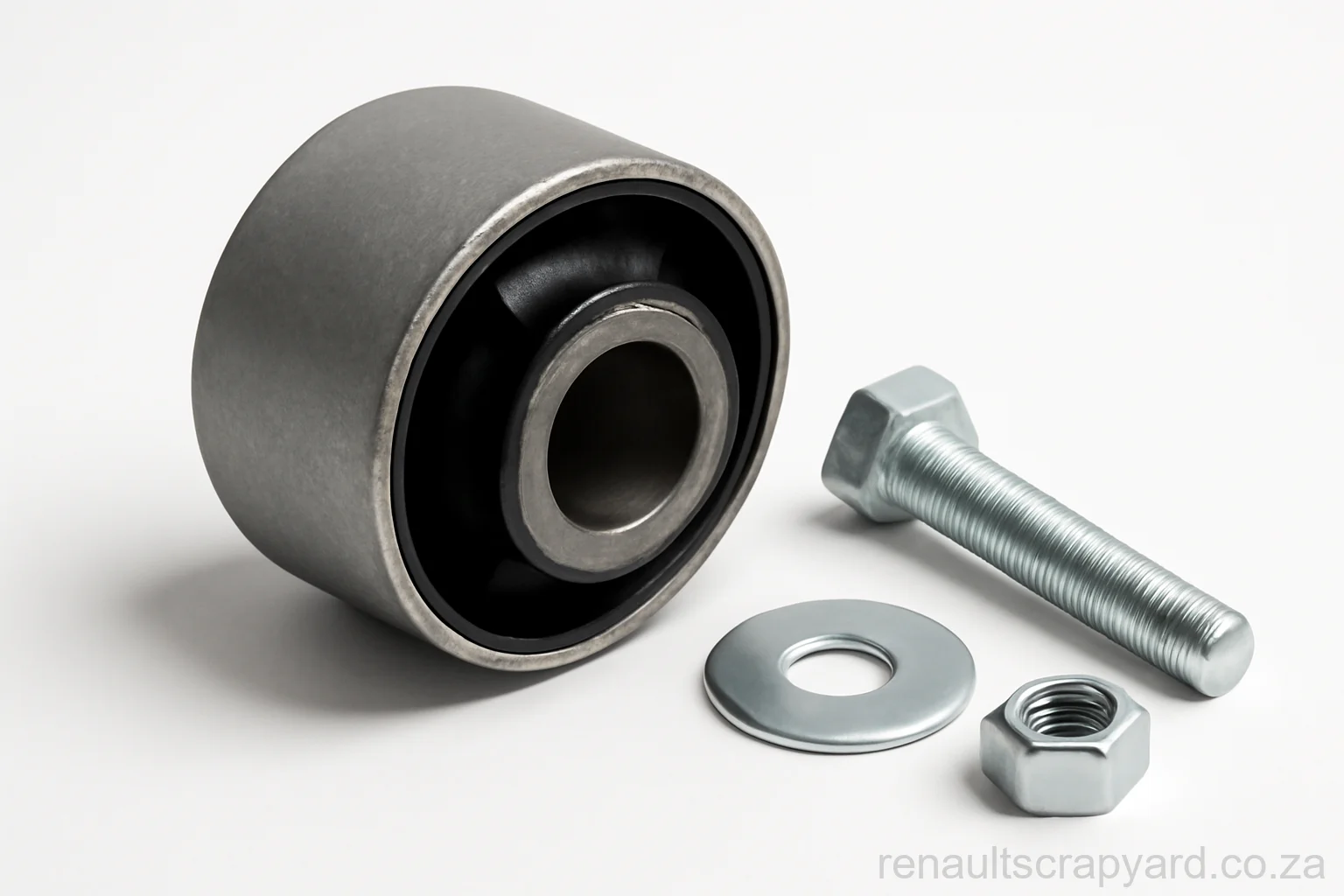
Engine Mount & Vibration Control Parts
High-quality engine mounts, transmission mounts, and vibration dampening components to restore smooth operation.
DIY Difficulty / Hours
- Engine mount visual inspection: DIY / 1 hour
- Engine mount replacement: Professional / 3-4 hours
- Clutch system diagnosis: Professional / 2-3 hours
Cost: R1,200-R2,000 for engine mount replacement, R2,500-R4,500 for clutch system repairs
Sources & User Reports
- CarDekho Technical Forum: Owners confirm excessive vibration in 1st and 2nd gears with increased vibration during braking
- Team-BHP Forum Discussion: Long-term owner reports about vibration issues and solutions attempted
- 4x4Community SA Forum: South African owner specifically mentions acceleration vibration issues through gears
3. Air Conditioning Blower Malfunction
AC blower motor problems significantly impact cabin comfort, with many owners reporting that the blower only functions at maximum speed, creating excessive noise and inability to control airflow properly.
Symptoms
- Blower motor only operates at highest speed setting (speed 4)
- Lower speed settings (1, 2, 3) produce no airflow
- Excessive noise when blower operates at maximum speed
- Unable to achieve comfortable, quiet cabin cooling
- Intermittent operation or complete blower failure
Causes
The most common cause is failure of the blower motor resistor, which controls the speed of the AC blower motor. This resistor pack regulates electrical current to the blower motor, allowing different speed settings. When it fails, the blower defaults to maximum speed (direct connection) or stops working entirely. Secondary causes include faulty blower motor brushes, damaged wiring in the HVAC control panel, or issues with the blower motor itself.
Solution
- Blower motor resistor pack replacement (most common fix)
- Blower motor inspection and testing for proper operation
- HVAC control panel electrical connection inspection
- Complete blower motor replacement if motor itself is faulty
- Cabin air filter replacement to reduce strain on blower motor
- Professional diagnosis of electrical system components
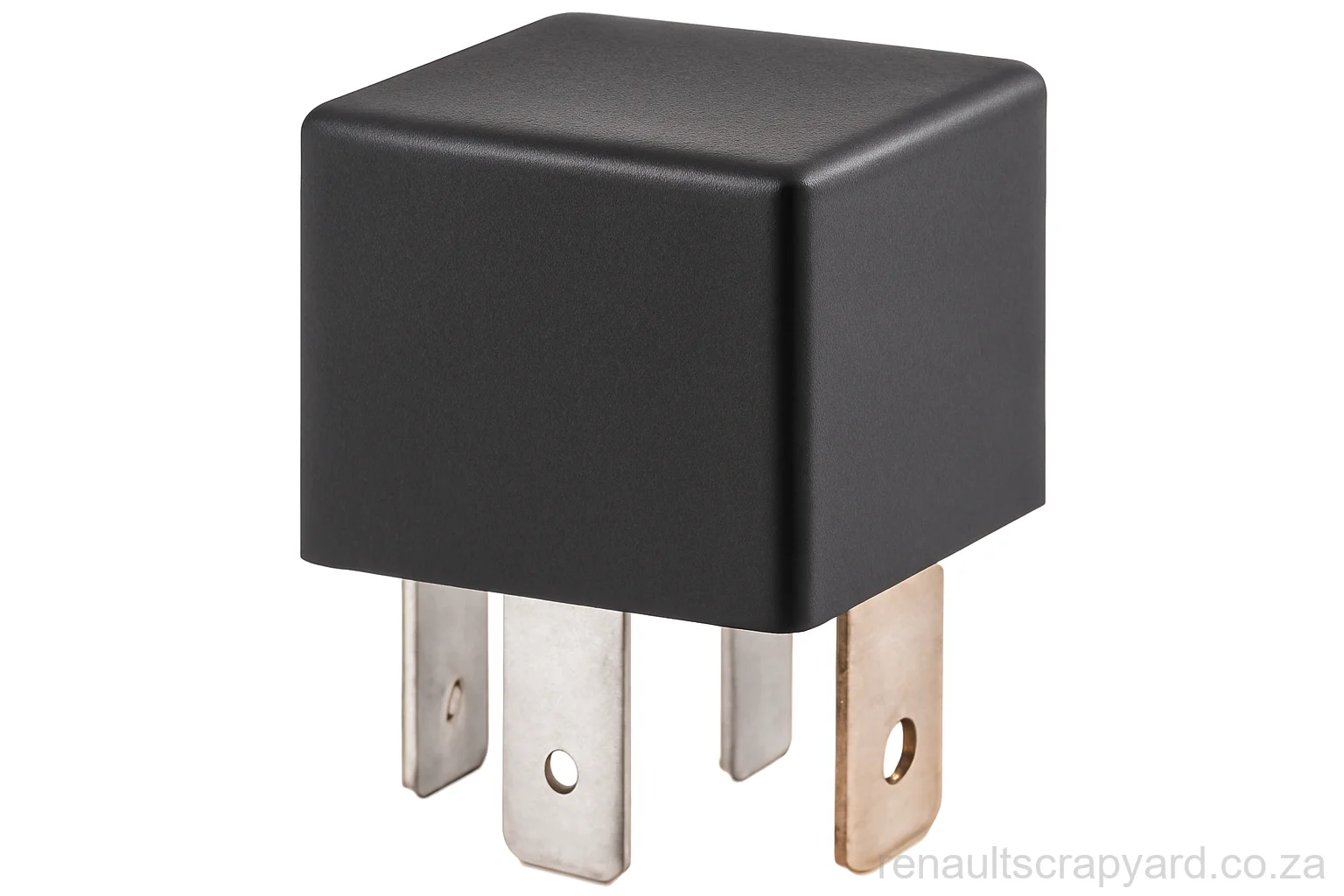
HVAC Electrical Components Available
Blower motor resistors, relays, and electrical components to restore proper AC blower operation and speed control.
DIY Difficulty / Hours
- Cabin air filter replacement: DIY / 1 hour
- Blower resistor replacement: Professional / 2-3 hours
- Blower motor replacement: Professional / 3-4 hours
Cost: R400-R800 for resistor replacement, R1,200-R2,200 for complete blower motor replacement
Sources & User Reports
- Team-BHP Forum: Owner specifically reports front AC blower stopped working at slower speeds, only functioning at highest speed with annoying noise
- YouTube Technical Solution: Video demonstrates common AC blower issues and resistor replacement procedures
- Indian Automotive Forums: Multiple user reviews mentioning AC blower speed control problems in various climate conditions
4. AMT (Automated Manual Transmission) Problems
The AMT variant of the Triber, while offering convenience, has been plagued with transmission-related issues including jerky shifts, clutch problems, and inconsistent performance that affects driving comfort and reliability.
Symptoms
- Jerky and abrupt gear changes during acceleration
- Delayed engagement when shifting from park to drive
- Clutch slipping sensation during acceleration
- Transmission hesitation in stop-and-go traffic
- Burning smell from transmission area during heavy use
- AMT system warning lights on dashboard
Causes
AMT problems in the Triber primarily stem from clutch wear due to the system’s automated clutch operation, which can be more aggressive than manual operation. The AMT actuator, which controls gear shifts and clutch engagement, is susceptible to wear and calibration issues. Additionally, transmission fluid degradation, improper driving techniques (such as holding the vehicle on slopes using the accelerator), and the inherent limitations of the AMT system contribute to these problems.
Solution
- Professional AMT system diagnostics and fault code reading
- Clutch inspection and replacement if excessive wear is detected
- AMT actuator recalibration or replacement
- Transmission fluid change with manufacturer-specified fluid
- Driver education on proper AMT driving techniques
- Transmission system component inspection and maintenance
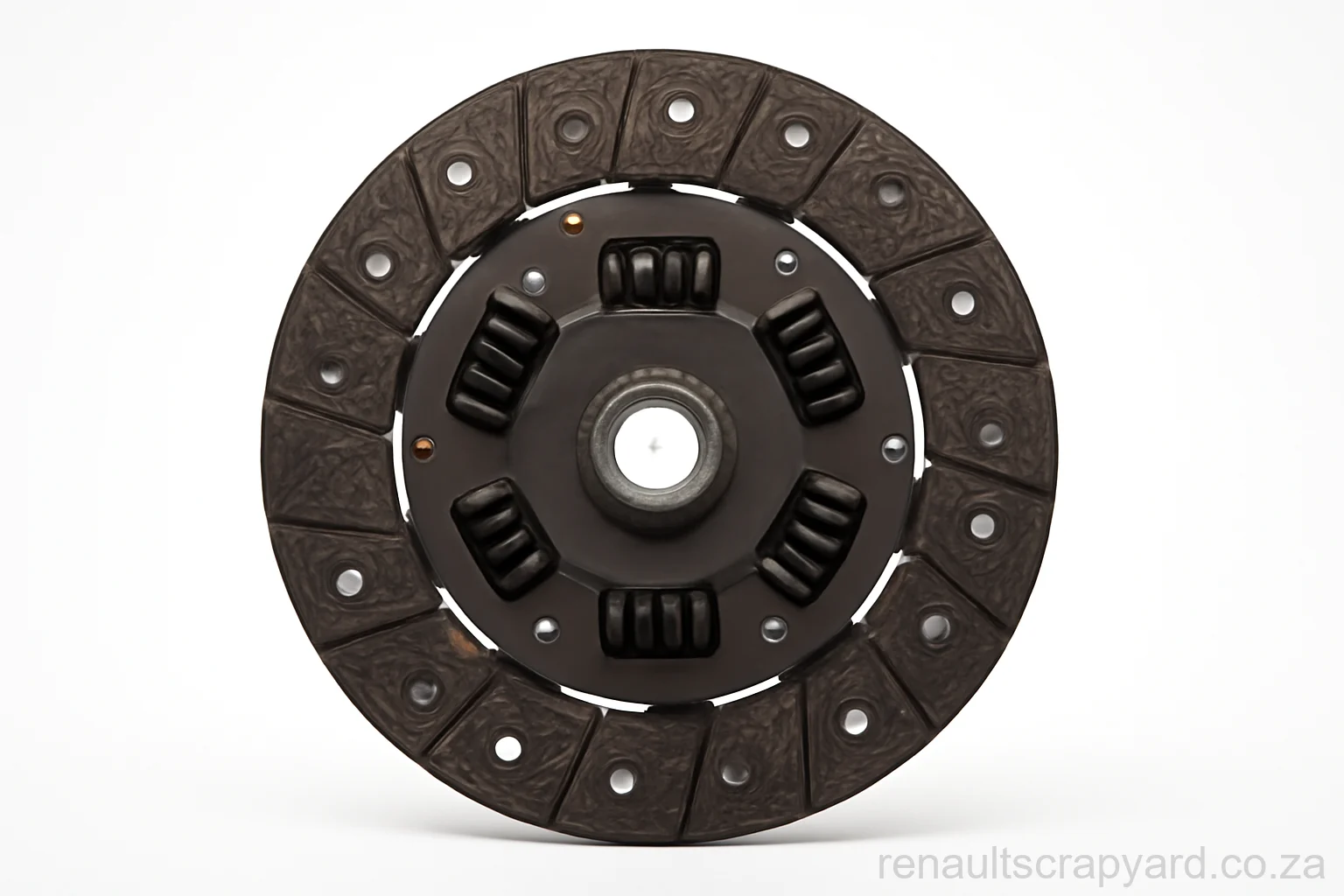
AMT Transmission Parts Available
Complete clutch sets, AMT actuators, and transmission components designed for Renault AMT systems restoration.
DIY Difficulty / Hours
- Transmission fluid check: DIY / 1 hour
- AMT diagnostics: Professional / 1-2 hours
- Clutch replacement: Professional / 6-8 hours
Cost: R1,800-R3,200 for AMT calibration and fluid change, R8,000-R12,000 for complete clutch replacement
Sources & User Reports
- YouTube Owner Experience: Detailed video showing major clutch replacement required on Triber AMT after experiencing transmission problems
- AutoCity Renault Review: Professional review noting AMT system characteristics and potential issues with improper usage
- Team-BHP Long Term Review: Owner reports covering 8,652km experience with AMT system including problems encountered
5. Battery and Starting System Failures
Frequent battery drain and starting difficulties plague Triber owners, often requiring battery replacement within the first few years of ownership and causing reliability concerns.
Symptoms
- Frequent battery drain requiring jump-starts or charging
- Difficulty starting the engine, especially after the vehicle sits overnight
- Electrical systems failing intermittently
- Dashboard warning lights related to charging system
- Complete electrical failure requiring battery replacement
- Alternator warning lights during operation
Causes
Battery problems in the Triber often stem from poor quality control in the original equipment battery, which may not be suited to South African climate conditions. Additionally, parasitic drain from electrical systems that don’t shut down properly, alternator issues that fail to maintain proper charging, and the increased electrical load from modern vehicle systems contribute to premature battery failure. The compact engine bay design may also subject the battery to excessive heat, accelerating deterioration.
Solution
- Battery load testing and replacement with higher quality unit
- Parasitic drain testing to identify electrical systems drawing power when vehicle is off
- Alternator output testing and repair or replacement if necessary
- Electrical system inspection for loose connections or corroded terminals
- Installation of battery with appropriate cold cranking amps for South African conditions
- Professional electrical system diagnostics and repair
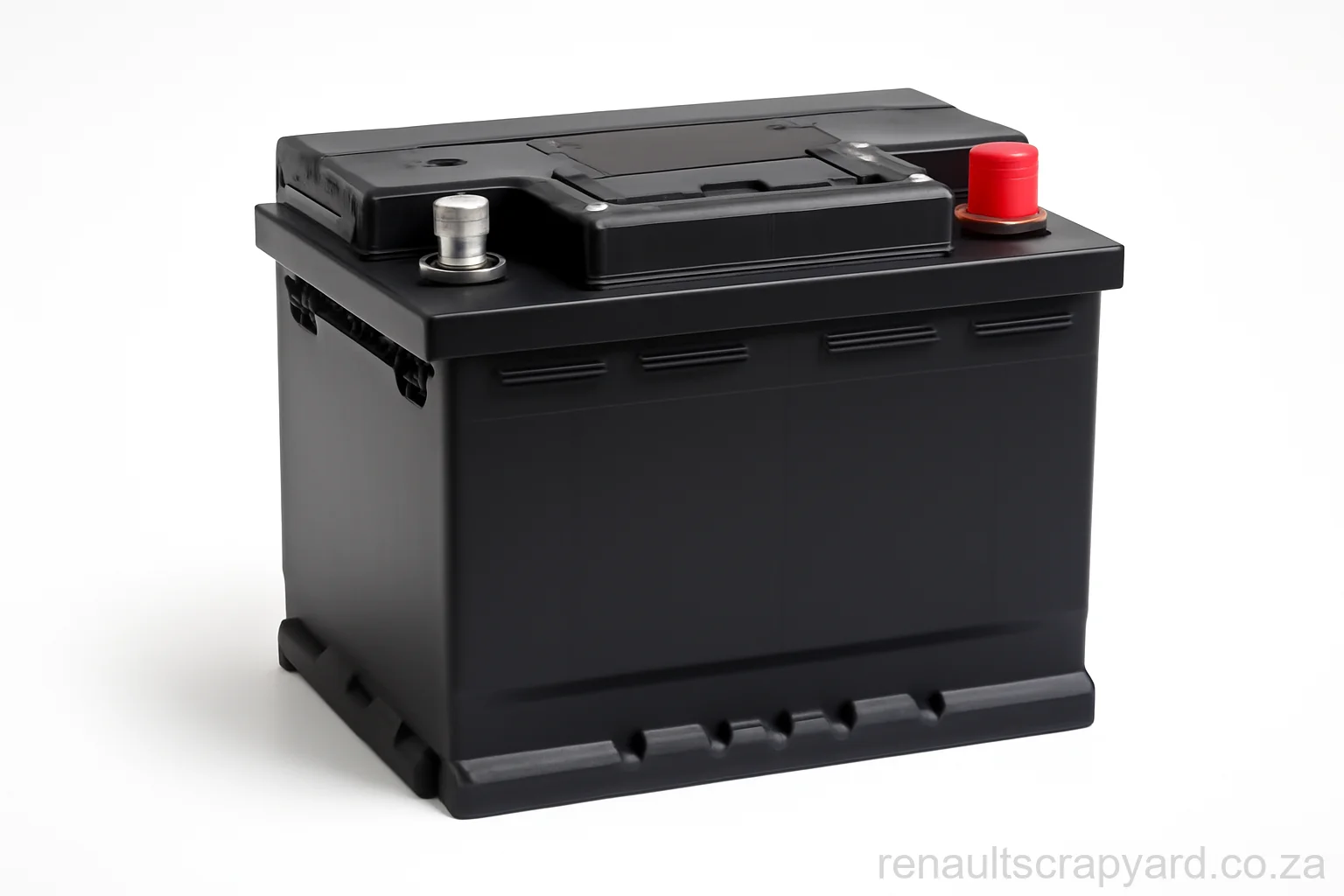
Battery & Charging System Parts
High-performance batteries, alternators, and charging system components designed for South African climate conditions.
DIY Difficulty / Hours
- Battery terminal cleaning: DIY / 1 hour
- Battery replacement: DIY / 1-2 hours
- Alternator testing: Professional / 1-2 hours
- Parasitic drain diagnosis: Professional / 2-4 hours
Cost: R1,200-R2,400 for quality battery replacement, R2,800-R4,500 for alternator replacement
Sources & User Reports
- YouTube Owner Documentation: Owner shows starting problems and battery replacement needed after 2 years of ownership
- Technical Solution Video: Demonstrates battery replacement as solution to major starting and electrical issues
- CarWale User Reviews: Owner complaint about frequent electrical problems and battery failures requiring repeated replacements
6. Build Quality and Reliability Issues
General build quality concerns affect long-term ownership satisfaction, with owners reporting various fit and finish problems, rattling noises, and component reliability issues that impact the overall ownership experience.
Symptoms
- Interior trim pieces becoming loose or falling off
- Rattling noises from various parts of the cabin and body
- Door handles, window mechanisms, and interior components failing prematurely
- Paint quality issues and early signs of corrosion
- Seat adjustment mechanisms becoming stiff or failing
- Dashboard and plastic components showing premature wear
Causes
Build quality issues stem from cost-focused manufacturing processes designed to achieve the Triber’s competitive price point. Lower-grade materials, simplified assembly processes, and reduced quality control compared to premium vehicles result in various reliability concerns. The vehicle’s design prioritizes space efficiency and cost over long-term durability, leading to compromises in component quality and assembly precision.
Solution
- Regular inspection and tightening of loose trim pieces and components
- Proactive replacement of wear-prone components before complete failure
- Paint protection and rust prevention treatments for exterior components
- Lubrication of moving parts such as seat adjusters and door mechanisms
- Use of sound dampening materials to reduce rattling noises
- Quality interior parts replacement when components fail
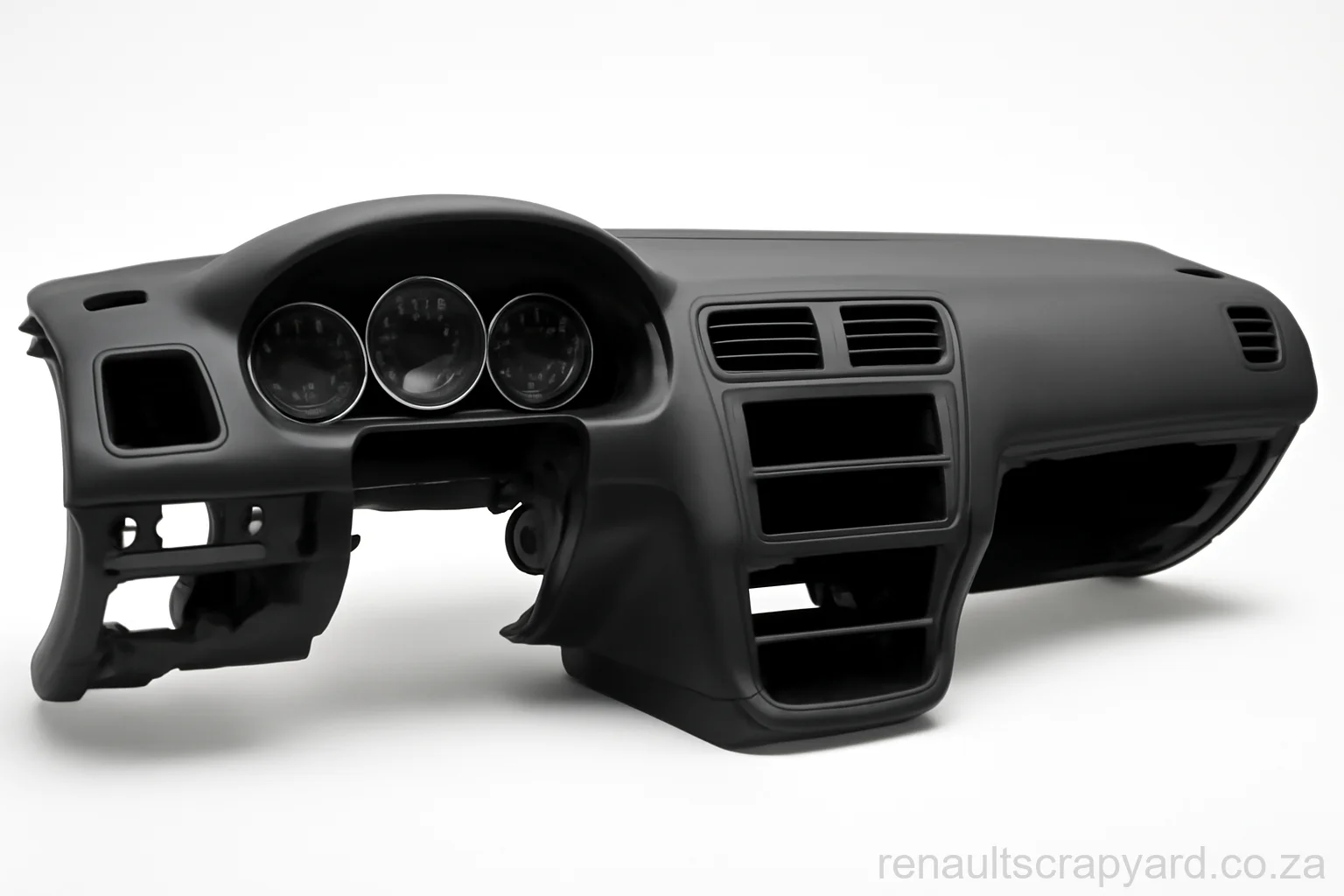
Interior & Trim Components
Replacement interior trim, dashboard components, and quality upgrade parts to address build quality concerns.
DIY Difficulty / Hours
- Trim piece reattachment: DIY / 1-2 hours
- Interior component lubrication: DIY / 2-3 hours
- Major component replacement: Professional / 2-6 hours depending on part
Cost: R300-R800 for minor trim repairs, R1,500-R3,500 for major component replacements
Sources & User Reports
- CarWale Detailed Review: Extensive owner complaint about multiple quality issues requiring vehicle return and refund claim
- CardDecko User Experience: Owner reports numerous build quality problems emerging within months of purchase
- IOL News Report: South African news coverage of multiple Triber quality issues affecting commercial buyers
7. Electrical System and Sensor Malfunctions
Various electrical system faults and sensor malfunctions create diagnostic challenges and affect vehicle operation, often requiring professional intervention to resolve intermittent problems.
Symptoms
- Check engine light illuminating without obvious mechanical problems
- MID (Multi Information Display) showing various error codes
- Sensor fault warnings appearing intermittently
- Electrical systems operating erratically or failing completely
- Dashboard warning lights cycling on and off randomly
- ECU-related fault codes requiring professional diagnosis
Causes
Electrical problems often result from poor wiring harness design, inadequate weather sealing allowing moisture intrusion, and low-quality electrical components that fail prematurely. The vehicle’s complex electronic systems, combined with cost-focused electrical components, create multiple potential failure points. Vibration from the three-cylinder engine can also cause electrical connections to loosen over time, contributing to intermittent faults.
Solution
- Comprehensive electrical system diagnosis using professional scan tools
- Wiring harness inspection and repair of damaged or corroded connections
- ECU software updates and reprogramming if available
- Sensor replacement for confirmed faulty components
- Improved weather sealing around electrical connection points
- Professional electrical system troubleshooting and repair
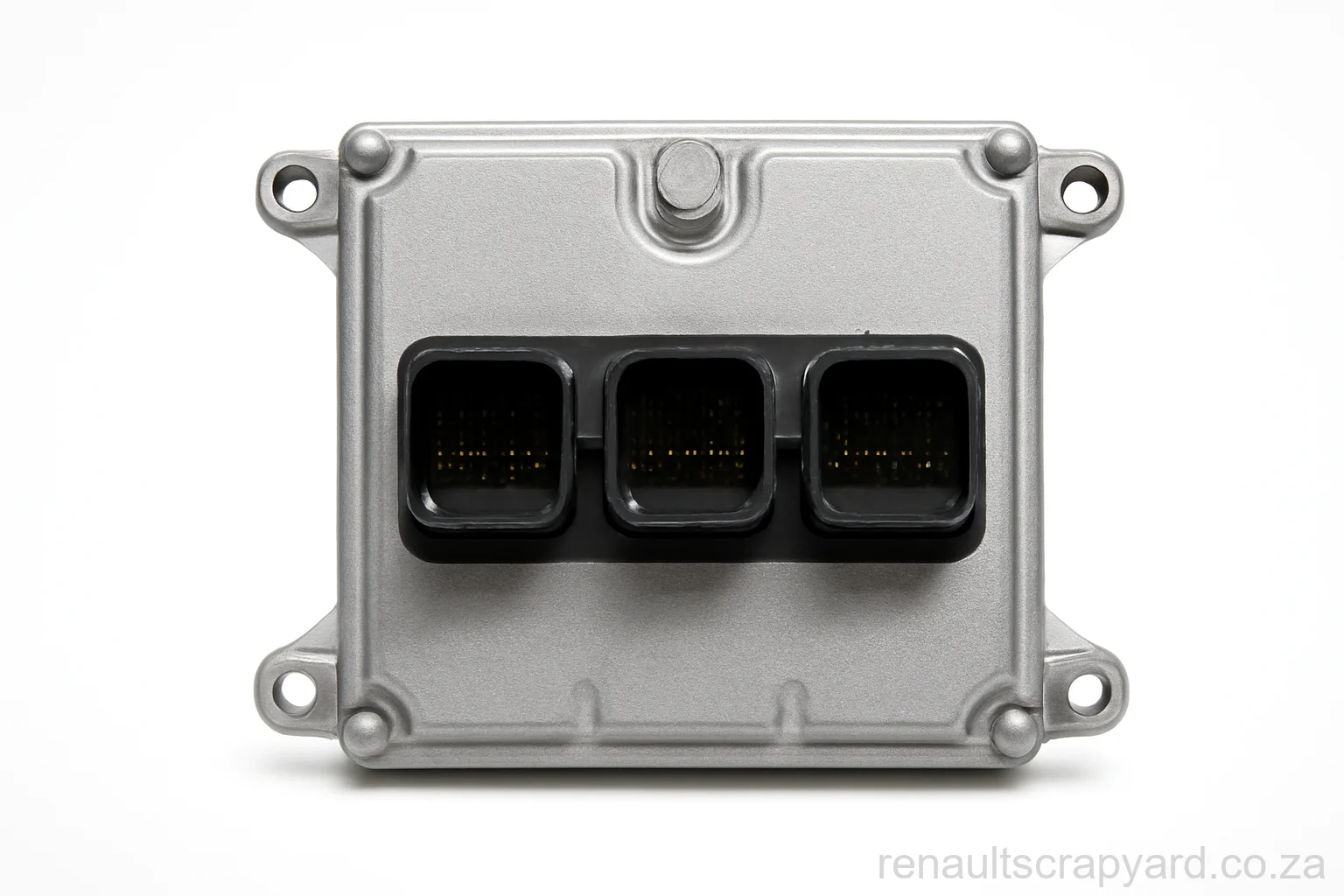
Electronic Control System Parts
ECU modules, sensors, and wiring harnesses to resolve electrical faults and restore proper vehicle operation.
DIY Difficulty / Hours
- Visual wiring inspection: DIY / 1-2 hours
- Electrical diagnostics: Professional / 2-4 hours
- ECU replacement: Dealer Only / 4-6 hours
Cost: R600-R1,400 for sensor replacement, R2,500-R5,500 for major electrical system repairs
Sources & User Reports
- YouTube Technical Guide: Detailed explanation of MID check engine error problems and diagnostic solutions
- Technical Forum Discussion: Comprehensive analysis of electrical system problems and sensor malfunctions
- Warning Systems Guide: Detailed explanation of various dashboard warning lights and their meanings for electrical system diagnosis
Preventive Maintenance Schedule
| Service Item | Interval | Importance |
|---|---|---|
| Engine Oil & Filter Change | 10,000 km | Critical |
| Brake System Inspection | 20,000 km | Critical |
| AMT Transmission Fluid | 40,000 km | High |
| Cabin Air Filter Replacement | 15,000 km | High |
| Battery & Charging System Check | 20,000 km | High |
| Engine Mount Inspection | 30,000 km | Medium |
| Electrical System Diagnostics | 25,000 km | Medium |
Frequently Asked Questions
Q: Is the Renault Triber reliable for South African conditions? A: The Triber offers good value and space, but reliability concerns including brake system warnings, transmission issues, and build quality problems make it a moderate risk purchase. Regular maintenance and prompt attention to warning signs are essential for reliability.
Q: What should I budget annually for Triber maintenance? A: Budget R8,000-R15,000 annually for maintenance, including R3,000-R5,000 for routine services and R5,000-R10,000 for problem-related repairs. AMT variants may require higher budgets due to transmission complexity.
Q: Should I buy a Triber despite these problems? A: Consider the Triber if you prioritize space and value over long-term reliability. Ensure you have access to reliable service support and budget for the outlined problems. The manual transmission variant tends to be more reliable than AMT.
Q: Which problem should I be most concerned about? A: Brake fault warnings are the most serious safety concern requiring immediate attention. AMT transmission problems are the most expensive to repair, while electrical issues are the most difficult to diagnose and fix permanently.
Q: Are these problems due to poor maintenance or design issues? A: Most problems stem from design compromises made to achieve the Triber’s low price point, rather than maintenance neglect. However, proactive maintenance can prevent or delay many issues from becoming severe.
Q: How does the Triber compare to competitors like the Renault Kiger in terms of reliability? A: The Kiger shares some electrical and build quality concerns but generally has fewer transmission-related problems. For alternatives, consider the Renault Duster for better build quality, though at a higher price point.
Expert Review Section
The following comprehensive long-term review from MotorBeam provides detailed insights into real-world Triber ownership experience, including the specific problems and niggles encountered over extended use:
Video: Renault Triber Long Term Review - Niggles/Mileage/Comfort/Performance - Comprehensive long-term ownership review covering real-world problems, fuel efficiency, comfort assessment, and performance evaluation after extended use
Get Your Renault Triber Parts Today
Don’t let these common problems keep your Triber off the road. Our extensive inventory of genuine and quality aftermarket parts can help you address these issues cost-effectively.
Need Parts for Your Renault Triber?
Get a free quote on any Renault Triber parts. Fast delivery across South Africa with professional installation support available.
Conclusion
The Renault Triber presents a compelling value proposition for South African families seeking maximum space at minimum cost, but potential owners must be prepared for the reliability challenges outlined in this guide. While many problems can be managed with proactive maintenance and prompt attention to warning signs, the cumulative effect of brake system faults, transmission issues, and build quality concerns may impact long-term ownership satisfaction.
Success with Triber ownership requires establishing a relationship with competent service providers, budgeting appropriately for repairs, and addressing problems quickly before they escalate. The manual transmission variant generally offers better reliability than the AMT, making it the recommended choice for buyers prioritizing dependability over convenience.
For those considering alternatives, the Renault Captur offers similar space with potentially better build quality, while the Renault Duster provides superior reliability at a higher price point. Regardless of your choice, regular maintenance and prompt attention to the issues outlined in this guide will help ensure your Renault serves your family reliably for years to come.
Important Disclaimer
This content is for informational purposes only and is based on research from automotive industry sources. Renault Spares South Africa is not a certified automotive repair facility. Always consult with qualified automotive professionals before performing any repairs or maintenance. Improper repairs can result in personal injury, property damage, or vehicle malfunction. We assume no responsibility for actions taken based on this information.

